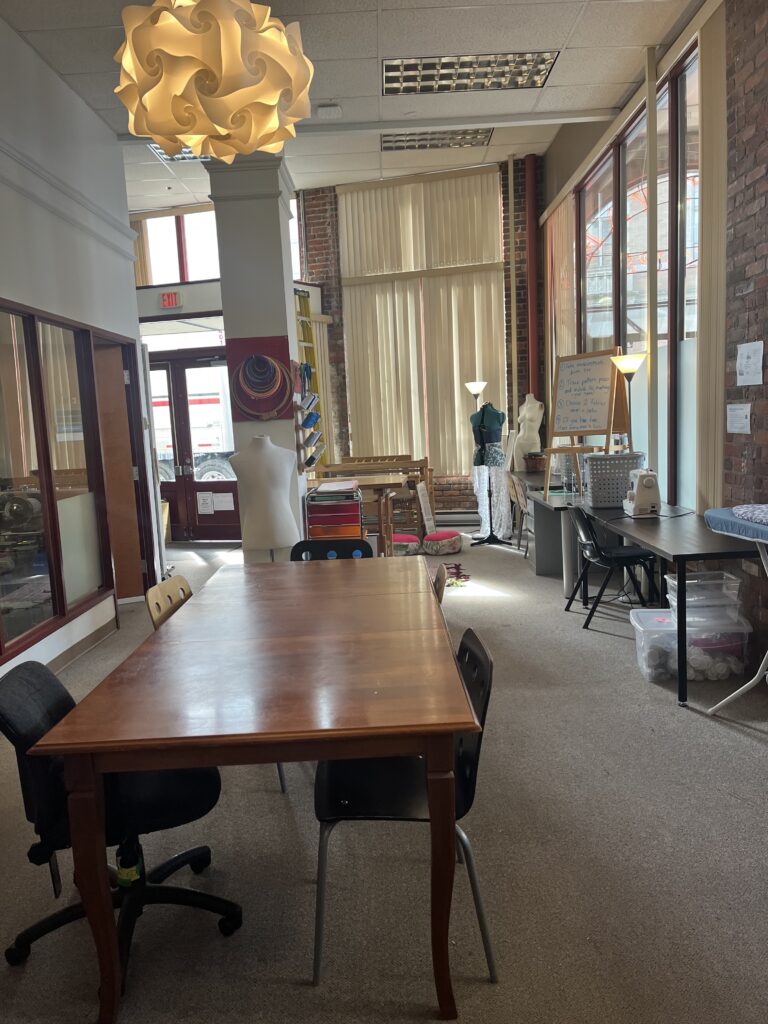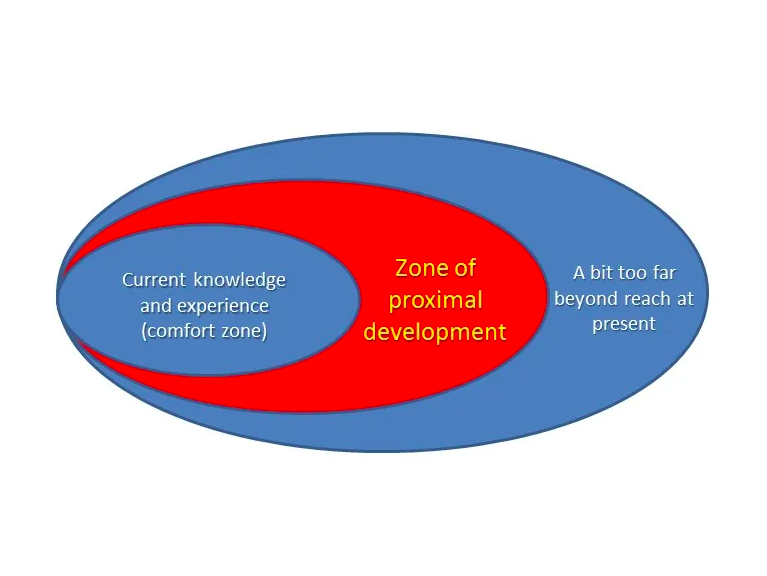In class a few weeks ago, we had a great discussion about multi-access learning pathways in school environments. We discussed the different ways this can look, the benefits of it, and real examples of implementations of this model at the University of Victoria. If you would like to explore the subject further, here is the link to the presentation by Valerie Irvine.
I find this model very interesting because I have never experienced this learning format before. I have taken fully in-person classes and fully online classes, but never a course that had options for both that students could choose between. I have experienced in-person classes that integrated online learning in the case of a teacher’s illness or extreme weather conditions, but the option of attending class online was not a frequent option.
While, I am generally on board with this model, I have some personal reservations. Through all my years as a student, I have always felt that I learn and focus best when I am physically in a school environment. I wonder if I would focus as well if I attended online class on a more regular basis. Even though I personally would prefer to attend class in person, I appreciate that the multi-access learning model opens up ways for all students to be able to participate in the course in their own way. Some students have a long commute, some have children or other family members to take care of, and some have health-related issues that prevent them from attending class in-person. Additionally, the multi-access learning model allows for change. You could attend class in-person one day, and the next day attend online. If you are having an off day, or something comes up, there are options for participating in an environment that works for you.
In our course, we have also discussed how this model can be applied to elementary school classrooms. One of the suggestions was to create a blog for your class so that parents of children who miss school could catch up on the material that was missed. I like this idea because it creates a way for students to stay up to date, for parents to be able to see what is happening in the classroom, and it creates a record of the teacher’s lessons and activities for future years.
Thinking more about the multi-access learning model made me reflect on how I could implement it into my future classroom. I found a book titled “Online by Choice: Design Options for Flexible K-12 Learning” by Stephanie L. Moore and Michael K. Barbour that discusses different options for blended learning in schools, meeting learner needs, and building an online community. I haven’t had a chance to read the whole book yet, but I have already found it really helpful in terms of guidance for implementing online learning options in the classroom.
Although online learning is something that can make me feel uneasy, I am open to exploring ways that I can implement it in my future classroom with the end goal of helping my students. I think an approachable way of starting with this would be to create a class website or blog, and then different things can be implement as you go. I appreciate that multi-access learning and blended learning can create ways for students to be active in the classroom in a way that they wouldn’t necessarily have been able to with out it.
— Sofia 🎀



